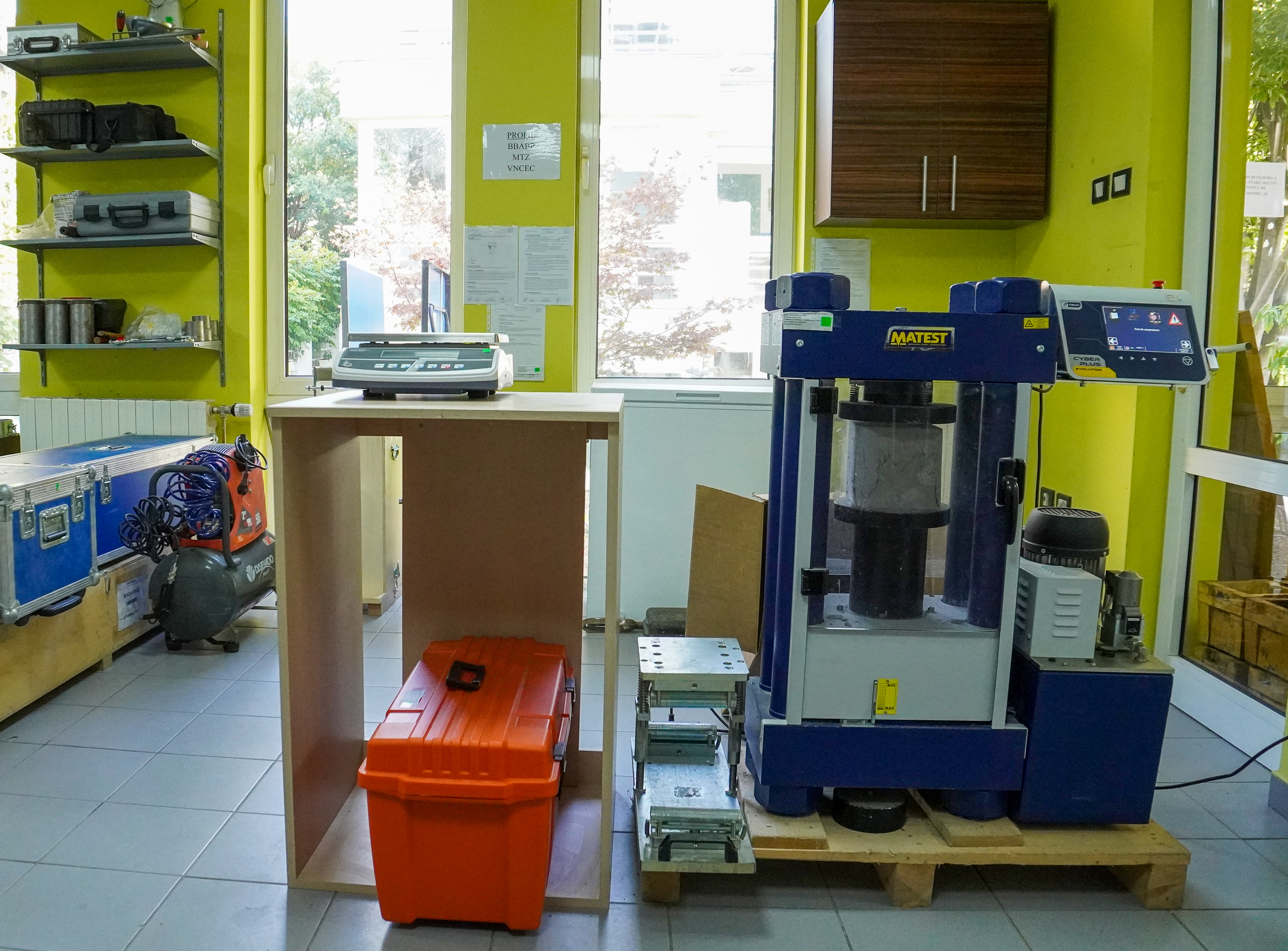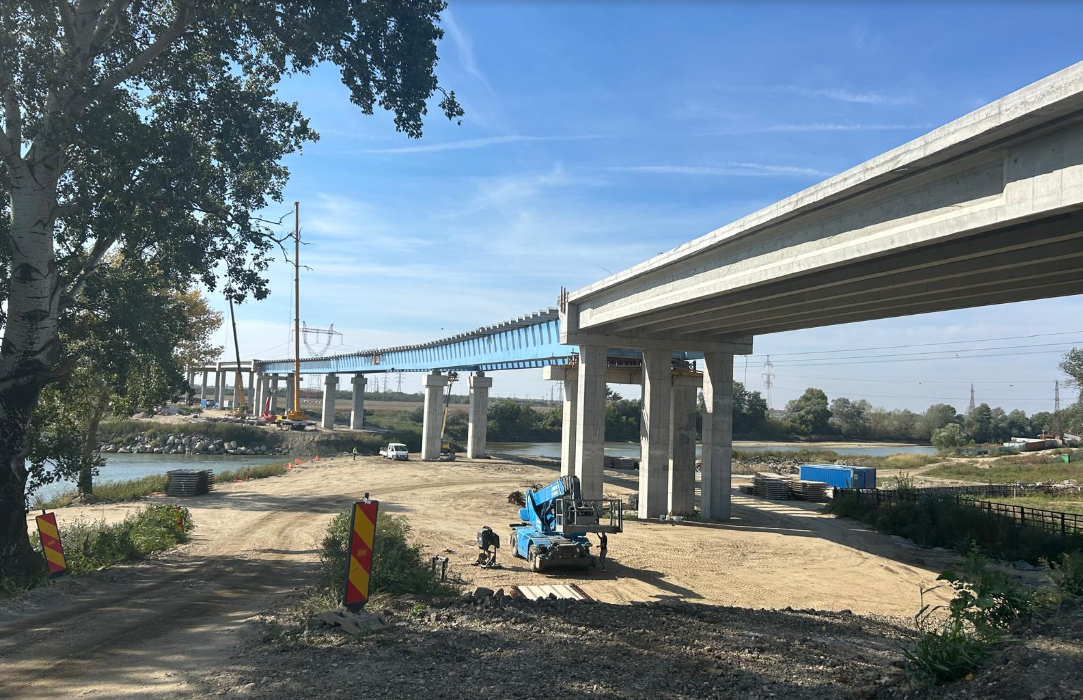Constructing a bridge is a massive responsibility. It requires in-depth knowledge of soil composition, terrain behavior and risk factors. No matter how promising a project looks on paper, if the early phases aren’t approached with diligence, the entire structure can suffer.
Bridges are vital links in any transport network, supporting the daily movement of hundreds of vehicles. That’s why there’s no room for shortcuts or errors.
In today’s article, we explore three critical mistakes that can jeopardize a bridge construction project and how the Dromcons team proactively prevents them through expertise and tightly controlled execution.
One of the most serious early-stage mistakes is neglecting a complete and accurate geotechnical study. This should include deep and shallow boreholes, laboratory soil sample analyses, and dynamic penetration tests, along with expert interpretation.
The soil type and behavior directly influence the foundation solution. An unstable soil can cause long-term settling or cracking in the bridge structure. Without updated and detailed data, designers lack crucial information about soil strength, water tables, stratification, or landslide risks.
A bridge built on loose, uncompacted sandy soil may suffer severe settling at one end, affecting alignment and traffic safety.
Failing to detect a deep clay layer can lead to landslides, especially in sloped areas or where water infiltration occurs.
At Dromcons, every bridge project starts with a solid geotechnical foundation:

Expansion joints are controlled gaps between bridge segments that allow materials to expand and contract due to temperature changes, traffic loads, and vibrations. When designed improperly, they lead to cracks, premature wear, structural noise, and instability.
Proper design requires simulations and structural analysis that factor in all types of stress. Modern modeling software is used to simulate bridge behavior under extreme temperatures and dynamic loads.
Our experienced team provides specialized consulting services that include:

Another common (and costly) mistake is ignoring or rushing through critical construction phases.
Bridge construction requires a clearly phased process: site prep, foundation pouring, beam installation, deck concreting, waterproofing, testing. Skipping or rushing phases can cause:
Poor execution reduces a bridge’s lifespan and can require expensive repairs just a few years in. More seriously, it may compromise the safety of daily traffic.

Multidisciplinary expertise: Over 20 years of experience in road infrastructure, covering the full process:
Strict compliance with regulations: We follow all national and European standards: AND 200, NP 082, STAS, Eurocodes.
A solid portfolio: Over 100 successful projects, from civil and industrial constructions to major infrastructure developments.
One of our standout projects was the design and construction of a road bridge on national road DN14A, km 7+466, in Blăjel, in partnership with GEIGER Transilvania SRL.
We began with in-depth geotechnical studies—medium and shallow boreholes, heavy dynamic penetration tests—to understand the terrain’s structure and risks.
A detailed topographic survey followed, using modern equipment to map elevation changes and natural site features. All findings were integrated into a comprehensive technical project designed by our engineers and supported through the execution phase.
Throughout implementation, we used modern construction methods that reduced work time, optimized material use, and ensured safety and durability.
A well-built bridge starts with proper design and meticulously supervised execution. The Dromcons team is trained to prevent critical mistakes through deep expertise and rigorous work practices.
Request a custom offer or expert consulting for your bridge project.
We’re ready to build responsibly, with you.
Discover our road and bridge design services.
Read also: